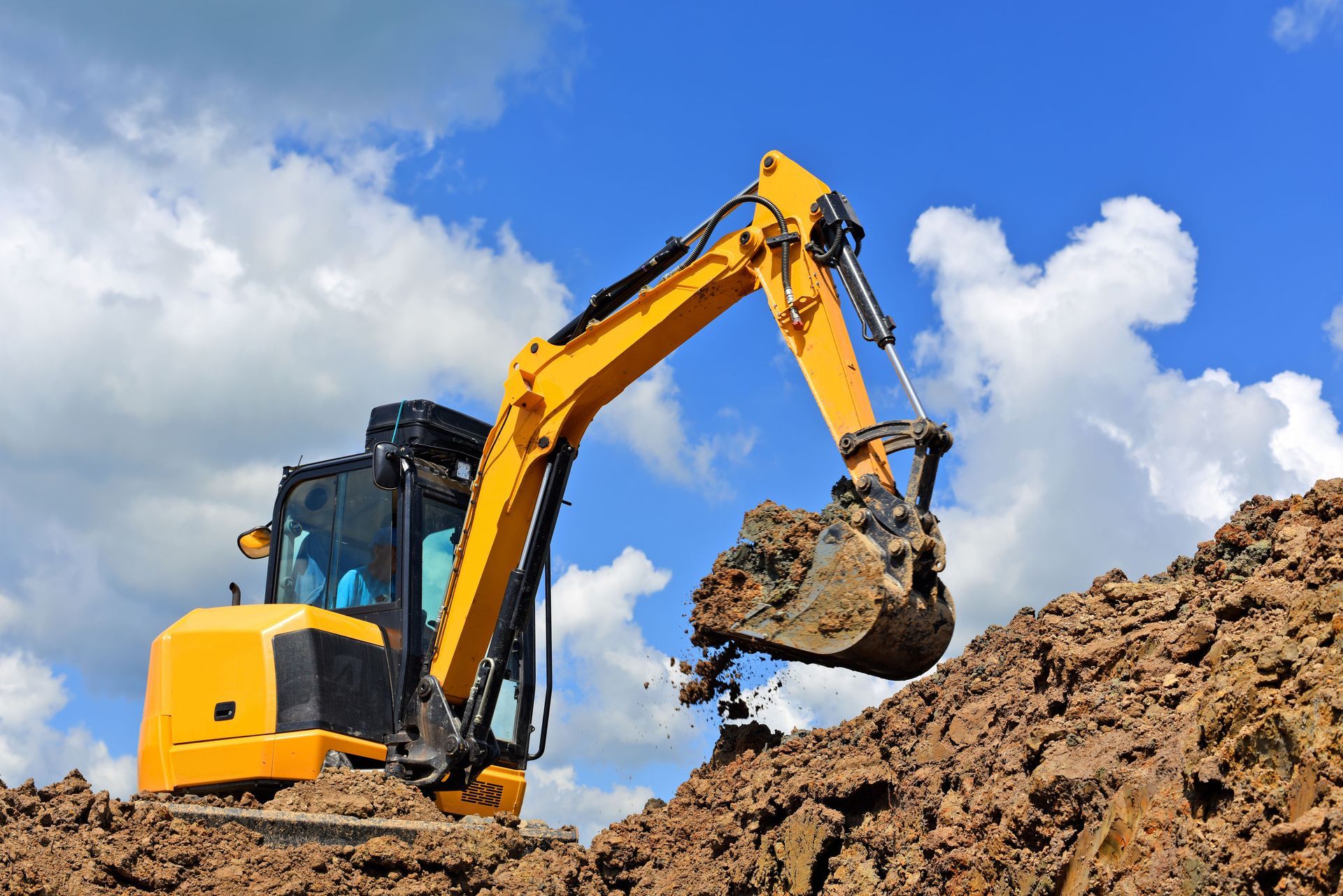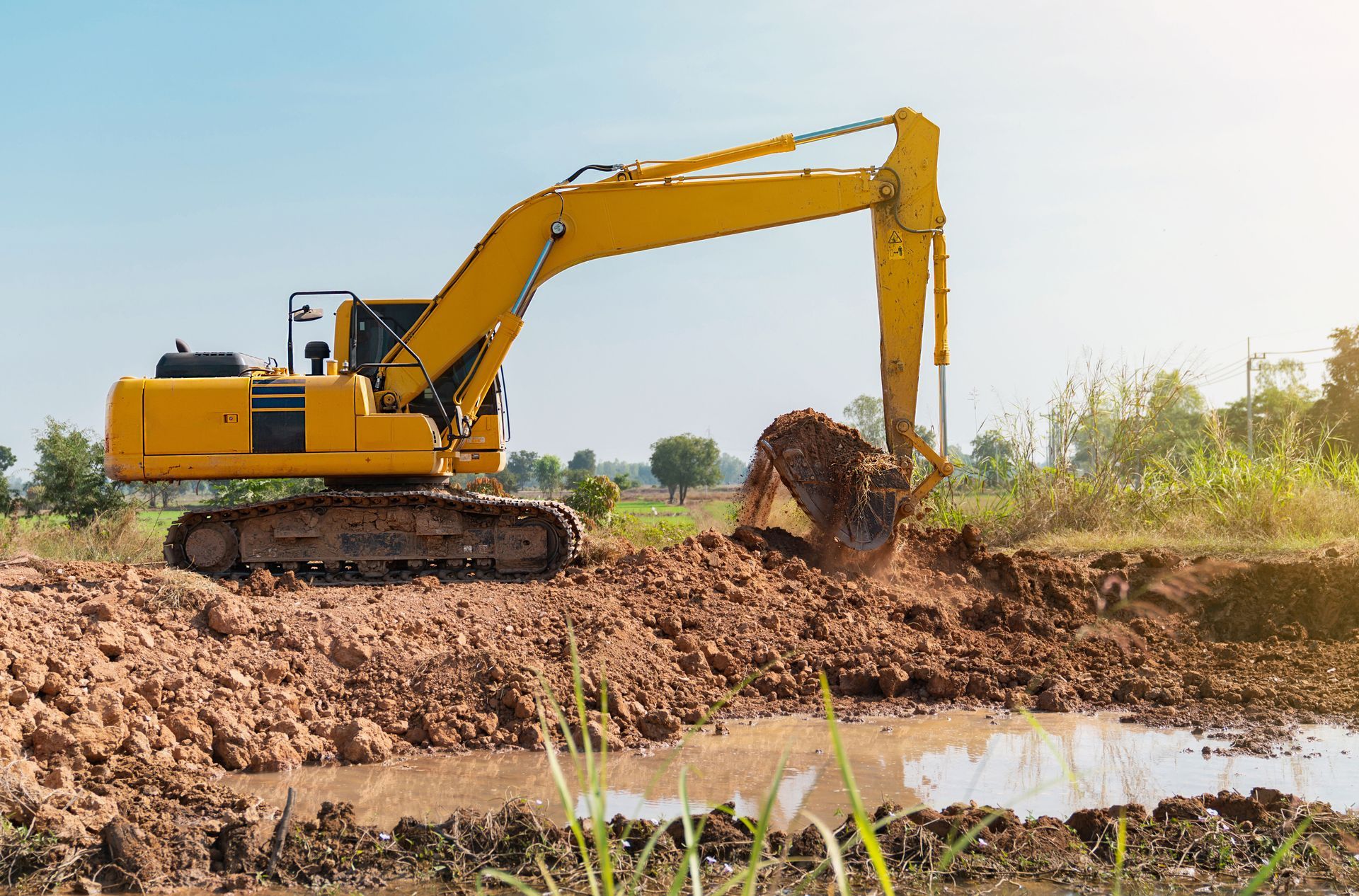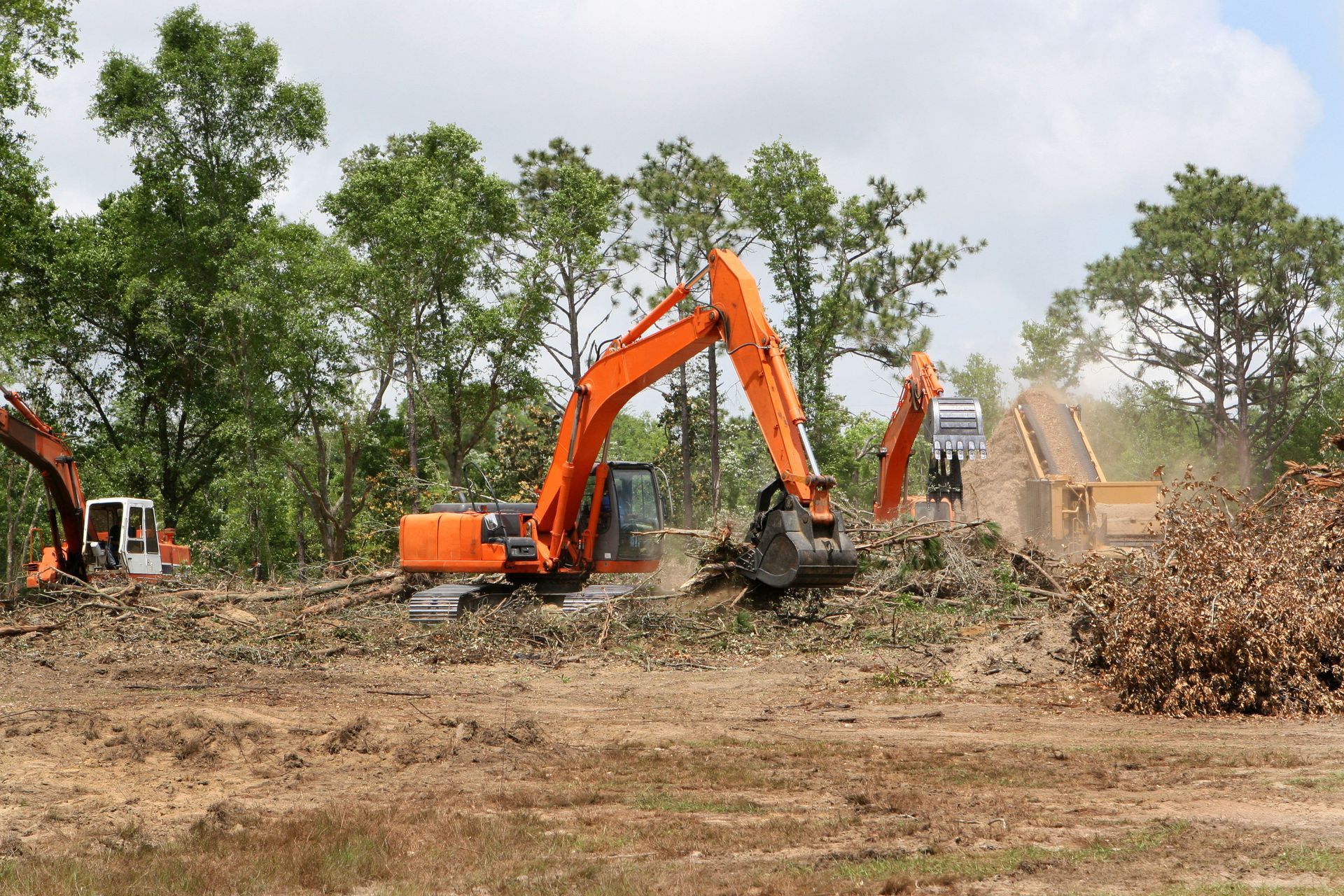October 3, 2025
Excavation is one of the most critical phases of construction. It sets the foundation for roads, buildings, and infrastructure projects. However, it is also one of the most hazardous activities on a job site. Excavation contractors follow strict safety practices to protect workers, equipment, and the surrounding environment. These practices are not only required by regulations but also vital for completing projects efficiently and responsibly. Keep reading to learn more.
Site Assessment and Planning
Before any project can safely begin, excavation contractors conduct a comprehensive site assessment. This step involves reviewing blueprints, identifying underground utilities, and assessing soil conditions. Soil type determines the likelihood of cave-ins, which are among the leading causes of accidents in excavation work. By understanding these risks upfront, contractors can choose the right protective systems and equipment.
Planning also includes determining safe entry and exit points, identifying areas for spoil placement, and establishing traffic control measures. Clear planning ensures that everyone on the site knows their role and understands how to avoid potential hazards.
Utility Location and Marking
One of the most dangerous risks in excavation is striking underground utilities. Contractors coordinate with utility companies to locate and mark gas lines, electrical conduits, water pipes, and communication cables before digging. Modern technology like ground-penetrating radar and GPS mapping often supports this process. Proper identification prevents catastrophic accidents such as gas leaks, electrical shocks, or service outages.
Protective Systems Against Cave-Ins
Cave-ins are the deadliest hazard in excavation. To combat this, contractors use protective systems such as sloping, shoring, and shielding. Sloping involves cutting the trench wall at an angle to reduce the risk of collapse. Shoring uses supports like hydraulic or timber beams to brace the walls. Shielding involves placing trench boxes inside excavations to protect workers if soil collapses. These systems comply with OSHA standards and are chosen based on soil conditions and trench depth.
Proper Training for Workers
Excavation contractors prioritize training to ensure all workers understand potential hazards and safety procedures. Training covers proper use of equipment, emergency response actions, recognizing warning signs of soil movement, and following site-specific safety plans. Regular refresher sessions keep safety knowledge up to date and ensure compliance with industry standards.
Equipment Safety and Maintenance
Heavy machinery such as backhoes, bulldozers, and excavators are central to excavation projects. Contractors implement strict maintenance schedules to prevent equipment failures that could lead to accidents. Operators are trained and certified to handle machinery safely, and only authorized personnel are permitted to operate them. Routine inspections ensure that brakes, hydraulic systems, and warning signals function properly.
Additionally, equipment must always be parked on stable ground when not in use, and swing zones are clearly marked to prevent workers from entering dangerous areas.
Monitoring Soil Conditions
Soil stability can change quickly due to factors like weather, vibrations, or water infiltration. Contractors monitor soil conditions daily, especially after heavy rains. Any sign of cracking, bulging, or sloughing in trench walls is addressed immediately. By constantly assessing soil behavior, contractors can prevent accidents and adjust protective systems as needed.
Water Control Measures
Water accumulation in trenches increases the risk of cave-ins and creates slip hazards. Contractors implement water control measures such as pumps, well points, or diversion ditches. Proper drainage prevents erosion and helps maintain soil stability. When water cannot be controlled, work may be delayed until conditions improve to maintain safety.
Safe Access and Egress
OSHA regulations require ladders, ramps, or stairs for trenches deeper than four feet. Excavation contractors provide safe access and egress points at regular intervals so workers can quickly exit in an emergency. These access points are kept clear of obstructions to ensure rapid evacuation if needed.
Air Quality and Hazardous Atmospheres
Deeper excavations may pose risks from hazardous gases, lack of oxygen, or toxic fumes. Contractors test air quality using monitoring devices, especially when excavations occur near landfills, sewers, or industrial sites. Ventilation systems and respirators are provided if hazardous conditions are detected. These precautions prevent suffocation and long-term health issues for workers.
Traffic and Equipment Control
On busy construction sites, vehicle and pedestrian traffic must be carefully managed. Contractors establish designated pathways for trucks and machinery, along with barriers and warning signs. Spotters may be used to guide operators when visibility is limited. These measures reduce the risk of collisions and keep workers safe near moving equipment.
Personal Protective Equipment
Workers are required to wear personal protective equipment (PPE) at all times. This includes hard hats, high-visibility vests, steel-toed boots, gloves, and safety glasses. In certain environments, hearing protection and respiratory gear are also mandatory. PPE serves as the last line of defense against unexpected hazards on the job site.
Communication and Safety Meetings
Clear communication is essential in excavation work. Contractors hold daily safety meetings to discuss hazards, work plans, and emergency procedures. Two-way radios or signaling methods ensure that workers and equipment operators stay coordinated. Open communication encourages workers to report unsafe conditions without hesitation.
Emergency Preparedness
Excavation contractors prepare for emergencies by developing site-specific response plans. These include procedures for cave-ins, utility strikes, equipment failures, and medical incidents. First-aid kits and emergency equipment are kept on-site, and workers are trained in CPR and basic first aid. Contractors also maintain relationships with local emergency services to guarantee quick response times if needed.
Compliance With Regulations
Contractors strictly follow OSHA standards, local codes, and industry best practices. Compliance ensures not only legal protection but also a culture of safety on the job site. Regular inspections and audits are performed to confirm that safety measures remain effective throughout the project.
Environmental Protection Measures
Beyond worker safety, excavation contractors also consider environmental impacts. Erosion control, sediment barriers, and dust suppression methods are commonly used. These measures protect nearby waterways, ecosystems, and communities from potential harm caused by construction activities.
Use of Technology to Enhance Safety
Modern excavation contractors use advanced technology to improve safety. Drones provide aerial views of sites, helping to monitor hazards and progress. GPS systems improve equipment accuracy, reducing the chance of accidental damage. Sensors can detect soil movement, alerting workers to potential cave-ins before they occur. Embracing technology allows contractors to anticipate and mitigate risks more effectively.
Creating a Safety-First Culture
According to the the National Utility Contractors Association, more than 20,000 workers across 1,800 jobsites participated in the 2024 Trench Safety Stand Down, which is a week dedicated to improving trench and excavation safety. This statistic demonstrates that the core of excavation safety is prioritizing worker well-being. Professionals must foster an environment where safety is valued as much as productivity. This includes recognizing safe practices, addressing concerns promptly, and holding everyone accountable for following procedures. When safety becomes second nature, risks decrease significantly.
Excavation work is inherently risky, but with the right safety practices, contractors can protect their crews and complete projects successfully. From thorough planning and soil monitoring to equipment maintenance and emergency preparedness, each step contributes to a safer job site. By fostering a culture of safety and staying committed to best practices, excavation contractors not only meet regulatory requirements but also safeguard lives and build trust with clients and communities. Here at Intermountain Excavation, we're your top choice for skilled and reliable excavation services in Idaho Falls, Rigby, Rexburg, and the surrounding communities. We offer 30 years of experience in the industry, and we're licensed, bonded, and insured for your peace of mind. Our family-owned business is eager to work with you. Contact us today for a free estimate!




